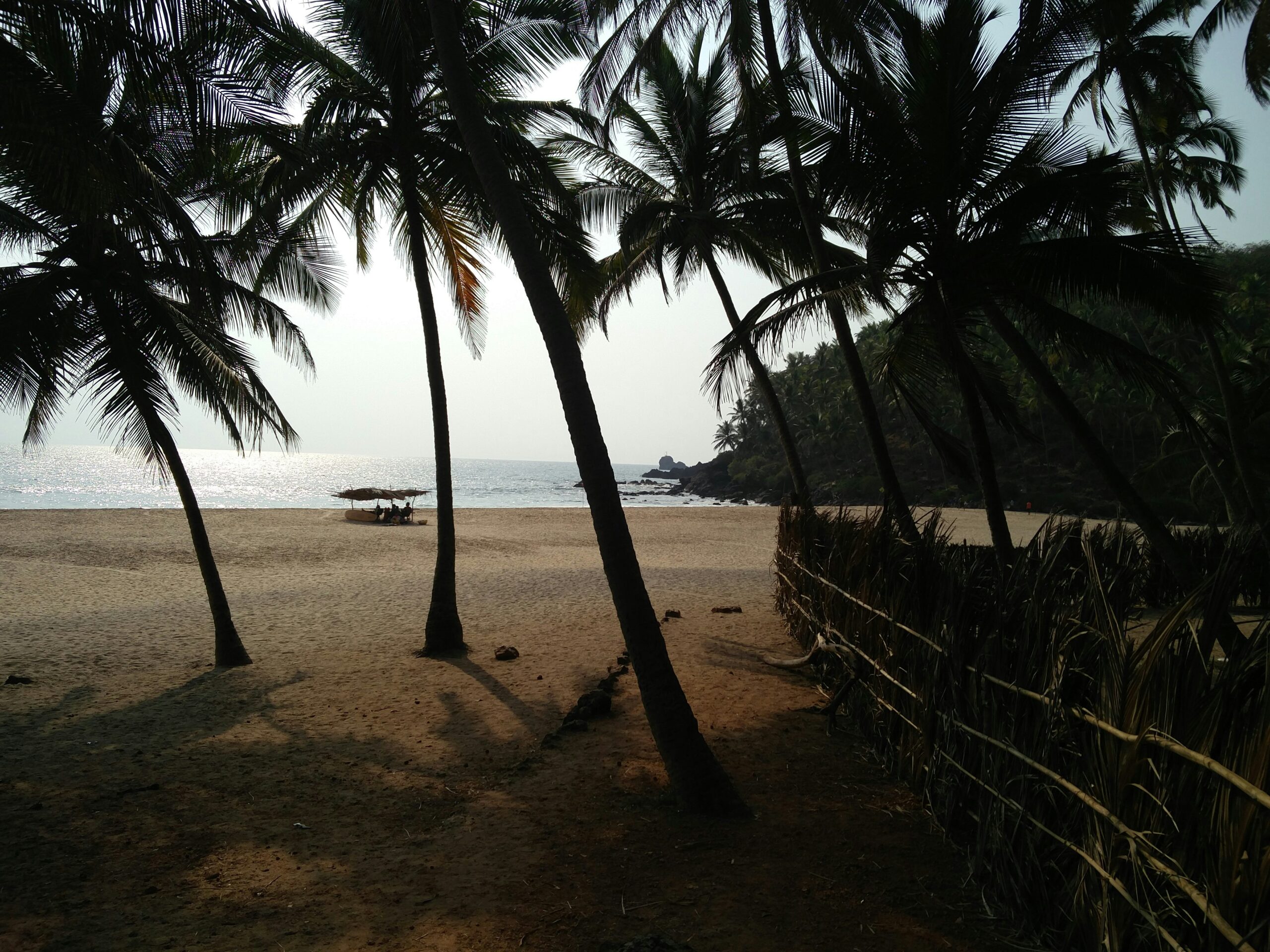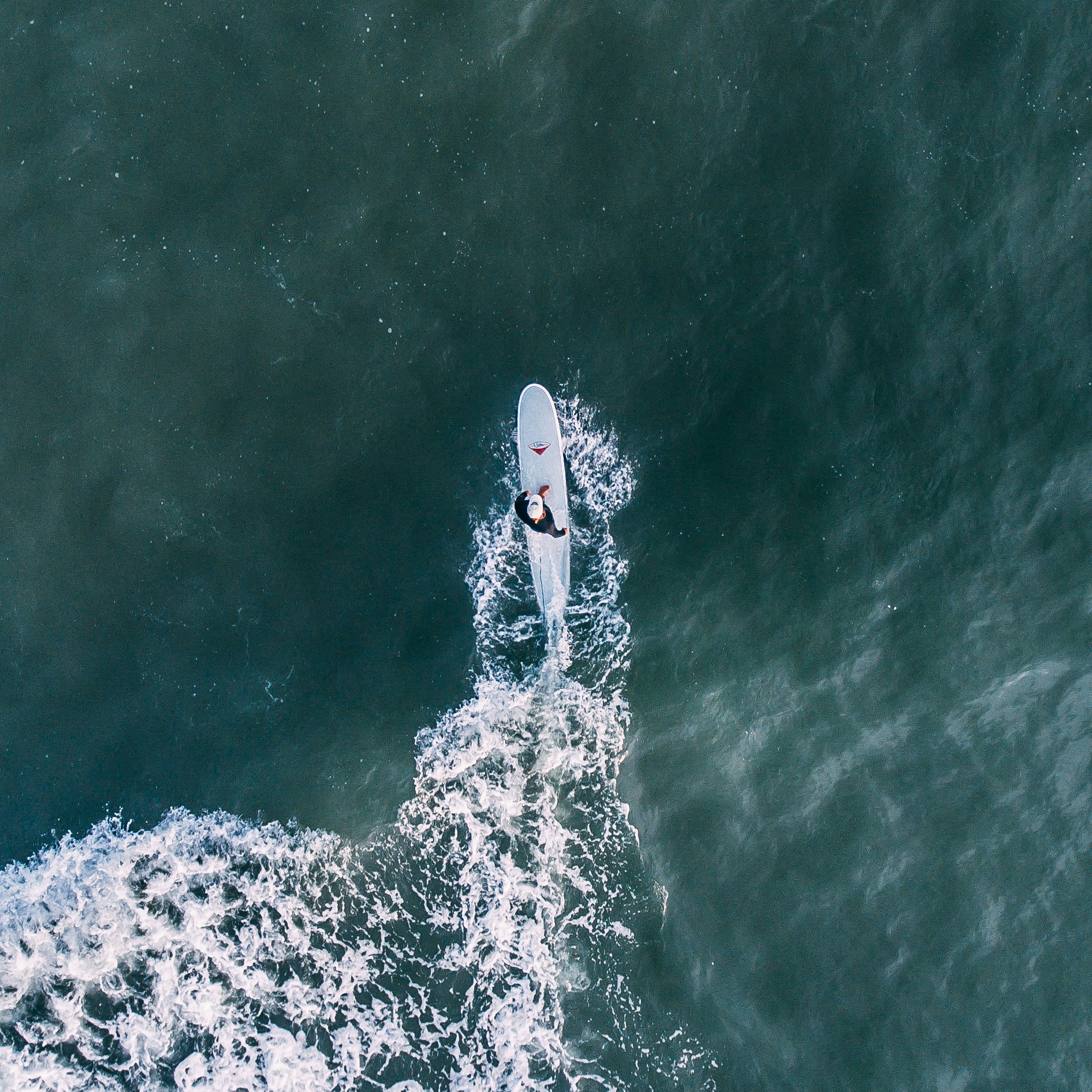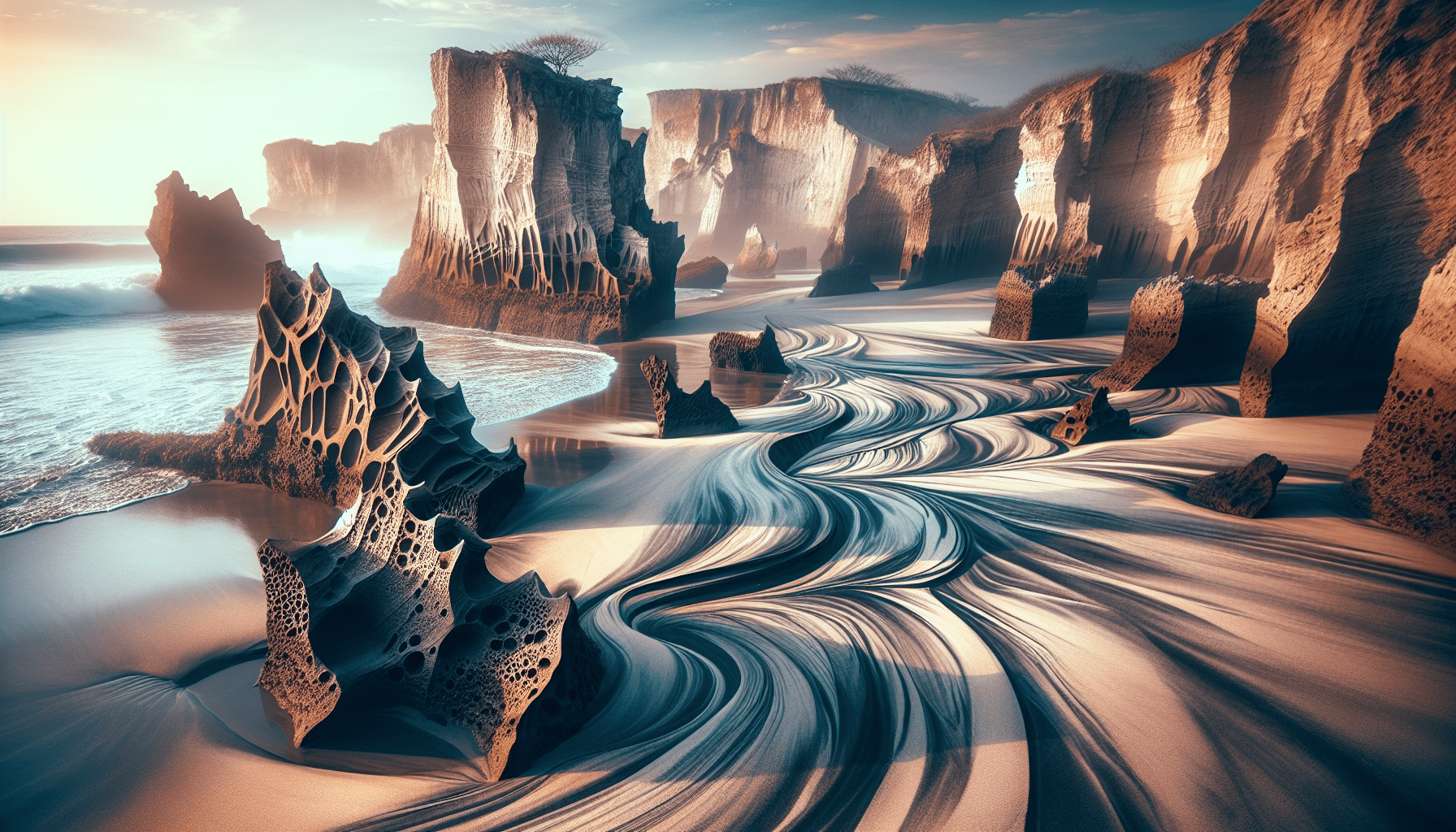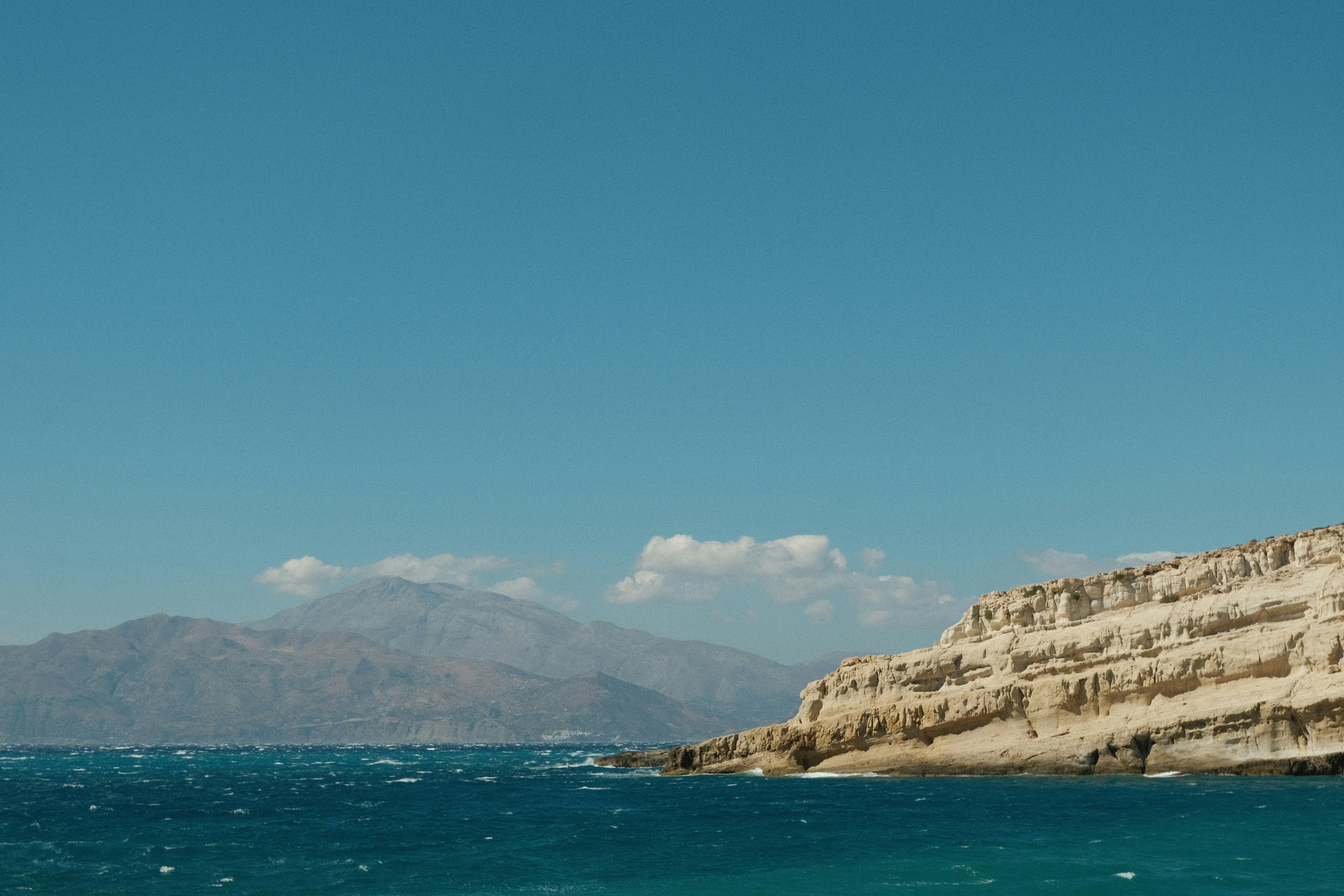Embarking on a journey to understand the geological formations and features of Nicaraguan beaches can be an exciting adventure! You’ll discover that Nicaraguan coastlines offer a treasure trove of natural wonders, from volcanic rock formations to pristine sandy shores. Deepening your knowledge can start with exploring local museums, guided beach tours, or even engaging with community experts who can share fascinating stories about the land’s history. Whether you’re a curious traveler or an aspiring geologist, learning about these unique landscapes is a rewarding experience that unveils the dynamic forces shaping our planet. Have you ever looked at a Nicaraguan beach and wondered about the stories its rocks, sands, and cliffs might tell? You’re not alone! The geological formations and features along these stunning coastlines are like an open textbook, waiting to reveal the secrets of Earth’s dynamic processes. If you’re eager to dive deeper into the geological wonders of Nicaragua’s beaches, this article is your friendly guide on this fascinating journey.
Introduction to Nicaraguan Beaches
Nicaragua, known for its dramatic landscapes and pristine beaches, is a paradise for both tourists and geology enthusiasts. The country’s crystalline waters and sandy stretches are not just visually stunning but also geologically intriguing. By learning about the geological formations and features, you can enrich your beach visits with a deeper appreciation for how these forms came to be over millions of years.
The Basics of Geology
Before diving into the specifics of Nicaraguan beaches, a brief recap of some basic geological concepts can be incredibly helpful. Here’s an easy-to-understand breakdown:
Types of Rocks
- Igneous Rocks: Formed from cooled and solidified magma or lava. Common examples include basalt and granite.
- Sedimentary Rocks: Created from particles or sediments compressed over time. Think of sandstone and limestone.
- Metamorphic Rocks: Formed under extreme pressure and heat conditions, transforming existing rock types. Common examples include marble and slate.
Geological Processes
Understanding these processes will help you appreciate how the beaches in Nicaragua took their current form:
- Plate Tectonics: Movement of Earth’s lithosphere creating mountains, earthquakes, and volcanic activity.
- Erosion and Weathering: Wearing down of rocks and minerals through elements like rain, wind, and ice.
- Sedimentation: The accumulation of material deposited by wind, water, or ice.

Nicaragua’s Geographical Context
Nicaragua is located in Central America, bordered by the Pacific Ocean to the west and the Caribbean Sea to the east. Its unique position and diverse geological history contribute to the rich variety of beach types and formations found in the country.
Plate Tectonics in Nicaragua
Nicaragua is situated along the Pacific Ring of Fire, an area known for its high seismic activity. The country’s Pacific coast, where many of the most stunning beaches are found, is shaped largely by the movement of the Cocos and Caribbean tectonic plates. This tectonic activity has a significant impact on the geological features you’ll observe.
Volcanic Activity
Nicaragua is home to numerous active and inactive volcanoes. Volcanic activity has played a major role in shaping the coastal landscapes, leading to unique geological formations like black sand beaches.
| Volcanic Influence | Notable Features |
|---|---|
| Magma Eruption | Formation of igneous rocks like basalt and andesite along the coast. |
| Pyroclastic Flows | Layers of volcanic ash and debris can form cliffs and other structures. |
| Lava Flows | Solidify into rock formations that contribute to the rugged coastline. |
Erosion and Sedimentation
The dramatic cliffs and expansive beaches are often products of ongoing erosion and sedimentation processes. Rivers transport sediments from inland areas to the coast, where they are deposited and reworked by ocean currents and tides.
Key Geological Features of Nicaraguan Beaches
Each beach in Nicaragua has its own geological story to tell. Let’s explore some key features you might encounter.
Cliffs and Headlands
Found primarily along the Pacific coast, these imposing structures are created by the relentless action of waves eroding the softer rock layers, leaving behind the harder, more resistant formations.
Example: San Juan del Sur
San Juan del Sur is famous for its dramatic cliffs that have been shaped over millennia. The cliffs provide a fascinating look into the different rock layers, showcasing various stages of geological history.
Black Sand Beaches
These unique beaches owe their color to volcanic minerals like magnetite and volcanic glass, indicative of the area’s rich volcanic activity.
Example: Playa Maderas
Playa Maderas is one such black sand beach. The sand’s color provides clues about its volcanic origins, with the presence of small, shiny grains of volcanic glass.
Coral Reefs and Limestone Formations
While more prevalent on the Caribbean side, coral reefs and limestone formations also play an essential role in the coastal geology. These structures are formed from the calcium carbonate skeletons of marine organisms.
Example: Corn Islands
The Corn Islands are surrounded by coral reefs and feature limestone deposits, giving insights into the biological and chemical processes that shape marine geology.
Tumulos
Tumulos are pile-like formations resembling mounds or small hills, often made up of compacted material.
Example: Tumulo La Virgen
Located near the Pacific Coast, the Tumulo La Virgen is a notable geological feature formed from ancient sedimentary processes, providing a unique landscape.
Methods to Learn About Geological Formations
Now that we’ve covered some basic concepts and significant features, how can you go about discovering these geological wonders for yourself? Here are several methods to get you started.
Field Guides and Books
There’s no substitute for a good geological field guide. Look for resources focused on Central American geology or specific to Nicaragua.
Recommended Reading:
- “Central America’s Geology: The Beginners Guide” by Timothy C. Hale
- “Volcanoes of the World” by Tom Simkin and Lee Siebert
Educational Tours
Many tour operators in Nicaragua offer specialized tours focusing on the geological aspects of the beaches. Look for guided tours led by experienced geologists.
Online Courses and Resources
Many universities and educational platforms offer free or paid courses in geology. Websites like Coursera, Khan Academy, and even YouTube have excellent resources to get you started.
Local Museums and Universities
Museums like the National Museum of Nicaragua and local universities often have geology departments that conduct research and may offer public lectures or exhibits.
Hands-On Exploration
Nothing beats hands-on experience. Make a habit of observing and questioning as you walk along the beaches. Take notes and photographs, and try to identify different rock types and formations.
Practical Tips for Beach Geology
If you’re heading out to explore beaches with a geological lens, here are some practical tips to enhance your experience:
Bring the Right Tools
- Field Guide: A geology-focused field guide will be invaluable.
- Hand Lens: For examining rock and mineral details.
- Notebook and Pen: For jotting down observations.
- Camera: To document formations and help with later identification.
Safety First
Be cautious when exploring cliffs or areas with unstable rock formations. Always check tide schedules to avoid being caught in rising waters.
Ask Local Experts
Engage with local guides or geology enthusiasts. Their insights can provide a deeper understanding that you might not get from a book or online resource.

Studying Specific Beaches
Let’s delve deeper into a few specific beaches in Nicaragua and uncover the geological stories they tell.
San Juan del Sur
Geological Highlights:
- Rock Strata: Observe the various layers in the cliffs, indicative of different geological periods.
- Fossil Finds: Occasionally, you might find fossils embedded in the rock layers, giving a glimpse into ancient marine life.
Playa Maderas
Geological Highlights:
- Volcanic Sand: The black sand is a direct result of nearby volcanic activity.
- Tidal Pools: These often contain interesting rock formations and marine life that can provide clues to geological processes.
Corn Islands
Geological Highlights:
- Coral Reefs: Study the reef structures and their formation processes.
- Limestone Outcrops: Observe the formations created by long-term deposition of marine organisms’ skeletons.
Deeper Understanding Through Research
If you’re keen to delve even deeper, there are many avenues for research into the geological formations and features of Nicaraguan beaches:
Academic Journals
Look for publications that focus on Central American geology. These journals often provide detailed studies on specific sites.
University Research Papers
Contact universities with geology departments; they often have valuable unpublished research or can guide you to specific studies.
Government Resources
Nicaraguan geological surveys and reports can offer detailed information about the geological features of various regions, including beaches.

Conclusion
Learning about the geological formations and features of Nicaraguan beaches transforms you from a casual beachgoer into an informed observer of Earth’s magnificent processes. Taking the time to understand the basics of geology, exploring specific beaches, and utilizing various educational resources can turn your beach visits into exciting educational adventures. So next time you find yourself on a Nicaraguan beach, take a closer look at the rocks, cliffs, and sands—you’ll be amazed at the stories they have to tell!

